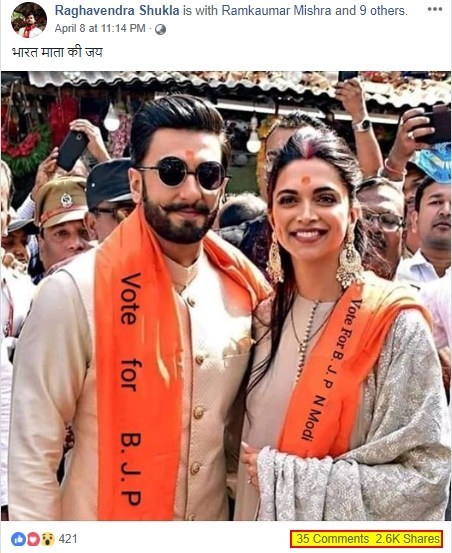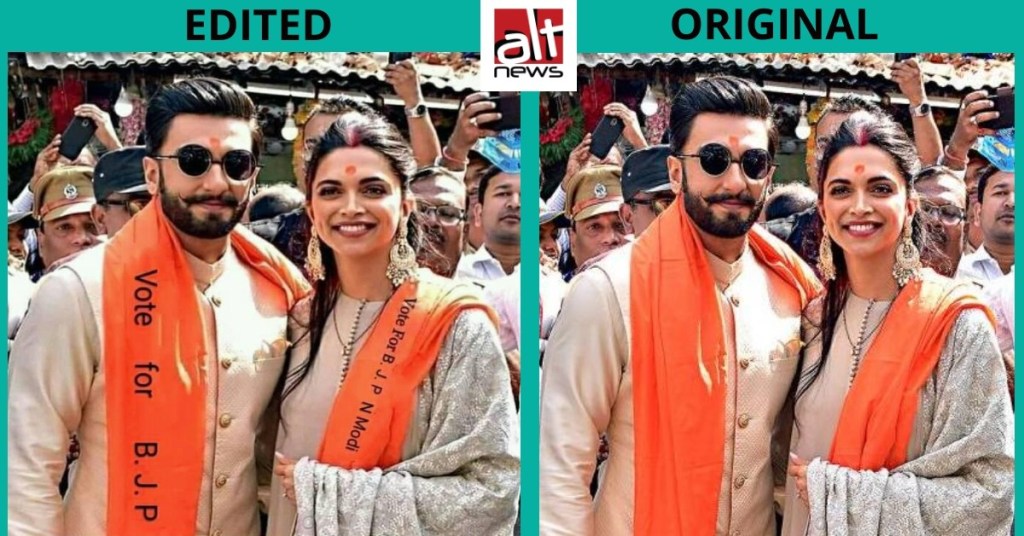If one had doubts about whether director Karan Johar lost his edge in the last decade where he himself mocked ‘his kind’ of cinema, it’s taken care of with one scene in Rocky Aur Rani Ki Prem Kahaani.
As it often happens in a Dharma film – a family is coming down in search of a prospective bride. The samosas and laddoos are laid out, chai is served, pleasantries are exchanged, there’s probably small talk about traffic and the weather. It’s only a matter of time before they get down to ‘business’.
The girl is asked about her hobbies – cooking, cleaning, embroidery? The girl (Anjali Anand) says she likes to sing. She breaks into ‘Mujhko Rana Ji Maaf Karna‘ from Karan Arjun (1995), a semi-erotic song born in the aftermath of the phenomenal success of ‘Choli Ke Peechhe Kya Hai’ from Khal Nayak (1993). It’s a glorious scene where Johar not just tells us about his disdain for such business-deal like arranged marriage meetings, but also does so while being steeped in his love for (tacky) Hindi film music.
Once touted as the blue-eyed boy of the young, mainstream Bollywood about 25 years ago, it took only a few years for Johar’s limitations as a filmmaker to start showing. With the arrival of the Ashutosh Gowarikers and Farhan Akhtars around the turn of the millennium, Johar’s ostentatious productions began to look vacuous. It resulted in Johar meddling with his natural style – trying to make something topical (My Name Is Khan, 2009), trying to appease a younger audience (Student of the Year, 2012), making a relatively more rooted and raw film (Ae Dil Hai Mushkil, 2016).
It’s been nearly two decades since Johar sacrificed scale, but it’s good to see him return to what might be considered his forte. The frames (by cinematographer Manush Anand) are wider, each and every character seems air-brushed, the lead actors are given ‘professions’ that look laughably plastic, regional stereotypes are dialled to the volume of 11, the production design seems to have the budget of a small country’s GDP. It’s deliberately light-weight, blindingly glossy, unhealthily sweet and yet witty when you least expect it.
Rocky Randhawa (Ranveer Singh) – the scion of the Randhawa family’s Dhanlaxmi laddoo empire, named after and built by his grandmother (Jaya Bachchan) – opens the film with a charm-offensive voiceover, introducing his family members. Bachchan, who has spent a lifetime playing stoic, meek characters, is refreshingly cast as the acidic matriarch of the Randhawa household. Motivated by her quest for wealth, and disappointed by her husband Kanwal’s (Dharmendra) artistic pursuits, she names her son, Tijori (Aamir Bashir) and rules ‘Randhawa paradise’ (hilariously modelled on the White House) with an iron fist. One day Kanwal, who after an accident which makes him wheelchair-bound and suffering irregular bouts of amnesia, starts uttering a name ‘Jamini’.
Rocky looks into it. Sure enough, one Google search later, he finds out that the woman he’s referring to is related to a primetime news anchor, Rani Chatterjee (Alia Bhatt).
Like two comets colliding into one another, Rocky and Rani meet, but initially to help complete the love story of Kanwal and Jamini (Shabana Azmi), Rani’s grandmother. Seeing Rocky’s perfectly-chiselled torso behind his barely-buttoned shirt, it’s lust at first sight for Rani.

A still from ‘Rocky Aur Rani Kii Prem Kahaani.’
In an inspired montage of recreated old Hindi film songs, Johar shows Kanwal and Jamini meeting in Delhi’s popular lovers’ spots, only to show another love story blooming in the background. As the elderly couple sits on a bench, the younger couple dance at a distance, almost like their alter-egos. Johar is able to paint the love stories of two generations – one that finds solitude in their late years, while passions rage and bodies intertwine without much thought or deliberation in the other. Dharmendra and Shabana Azmi are an inspired choice for a couple, given their ‘schools’ of acting. There’s something sincere about them as frail, longing elders.
Rocky and Rani – as the title of the film suggests – are destined to fall in love. However, not before a social experiment that includes them living with each other’s families for three months, so as to overcome the significant gap in their cultural upbringing. Johar, never shying away from a joke to mine the cultural differences, makes a joke about Rabindranath Tagore being referred to as ‘Dadaji’ by Rocky.
In another scene Tota Roy Chowdhury – playing Rani’s father Chandan, a Kathak dancer by vocation — is shown to be doing hand movements while being seated in Rocky’s living room, stressing upon how culturally refined he is. Seen through a comical lens, it does disservice to Roy Chowdhury’s otherwise superbly calibrated performance.
However, underneath all this fluff and humour also lies some pointed (and some patronising) social commentary. Johar touches upon the casual sexism in the Randhawa family, even with the women singing “Kaanto se kheech ke yeh aanchal, tod ke bandhan, baandhi payal” in front of their oppressors. When has Johar ever been known for half-measures? Rocky is reformed from his toxic masculinity by embracing kathak because of Rani’s father, and the Chatterjees are called out for their snootiness and superiority complex later in the film.
While most of the progressive posturing – possibly inspired by Ayushmann Khurrana’s genre of films — is delivered well, there are a couple of painful detours.
Churni Ganguly, playing Rani’s mother, goes on a lengthy tirade when Rocky is embarrassed to go lingerie shopping with her. There’s a scene between Jaya Bachchan and Alia Bhatt – eerily similar to a scene in Crazy Rich Asians (2018) where Michelle Yeoh tells Constance Wu “you will never be enough” – that ends with Bhatt’s character saying “khela hobe (the game is on).” This is the oddest bit of appropriation from Bengal politics.
Karan Johar’s Rocky Aur Rani Ki Prem Kahaani rests on the shoulders of its two excellent leads. Singh – who doesn’t miss a beat playing a ‘90s Govinda–meets–Bittu from Band Baaja Baraat fool – is able to turn his bratty character into someone earnest in the blink of an eye.
Bhatt, looking distressingly false in the environs of a newsroom, and while holding a glass of scotch at one of her family’s “cultural” evenings is radiant every time she’s around Singh.

A still from ‘Rocky Aur Rani Kii Prem Kahaani.’
One of her best scenes in the film is when she’s thinking of him, trying to douse her love for him in alcohol. She looks at her colleague, Soumen (Namit Das) asking him to hug her. He’s a little taken aback at first, but when he eventually does – she rebuffs him. It’s a tricky scene where Bhatt is trusted to navigate between an independent woman showcasing her agency and longing for someone she considers intellectually inferior, while sitting beside someone she doesn’t fancy physically.
Johar’s film is ultimately a fine argument for everyone to be their unapologetic selves. Like, in a scene, Tota Roy Chowdhury performs to a song from Devdas (2002) at a Punjabi sangeet ceremony – inviting sniggers for a large part of the audience. The scene gets a callback later in the film, when Roy Chowdhury and Singh perform a revisionist Dola Re. It appears as though Johar has finally embraced his reputation as a maker of fluff after a long time, doubling down on this opportunity by staging a Durga Puja of Bhansali proportions, a funeral of Kabhi Khushi Kabhie Gham proportions, and an ‘intimate’ wedding proposal that features 100 people (instead of 500 background dancers like in the film’s songs). The man is simply incapable of thinking small. But then again, Johar never promised us the truth. He only promised a good time.




















